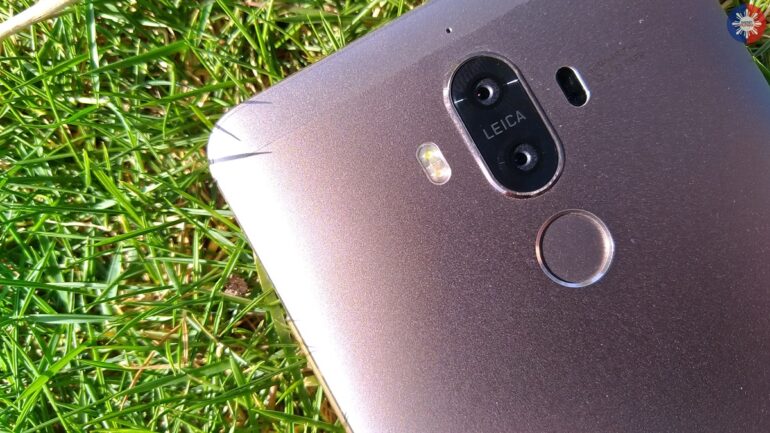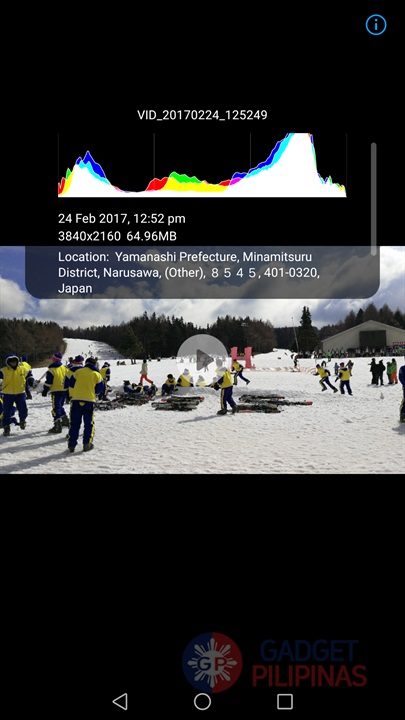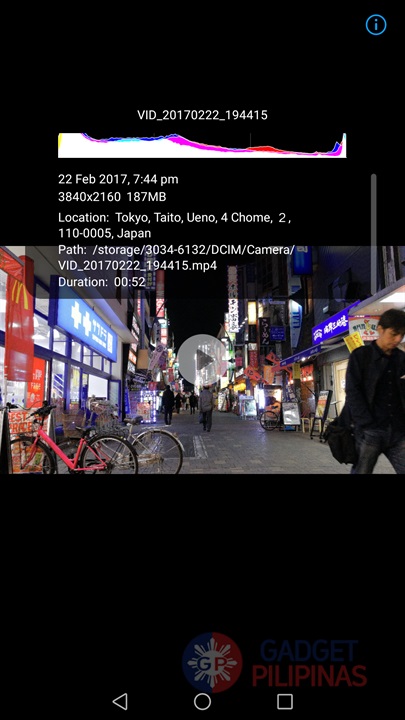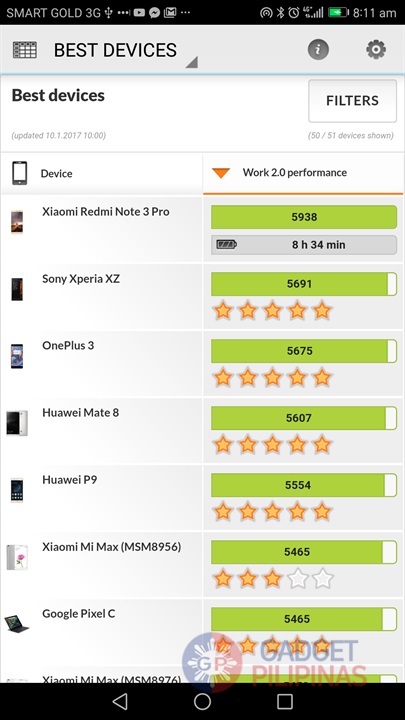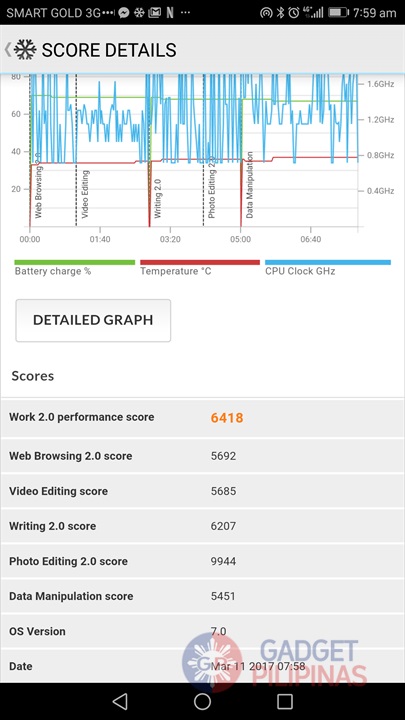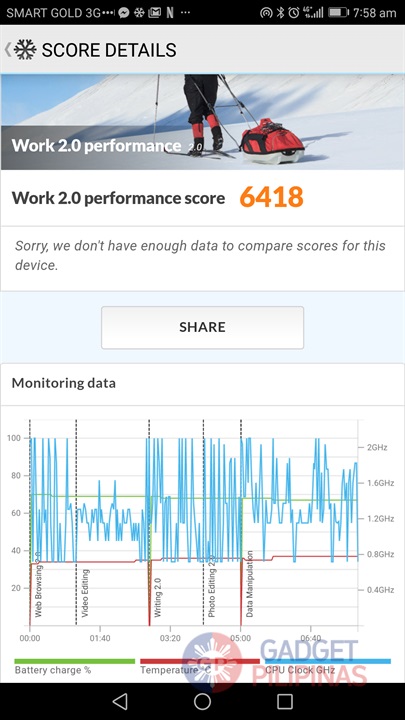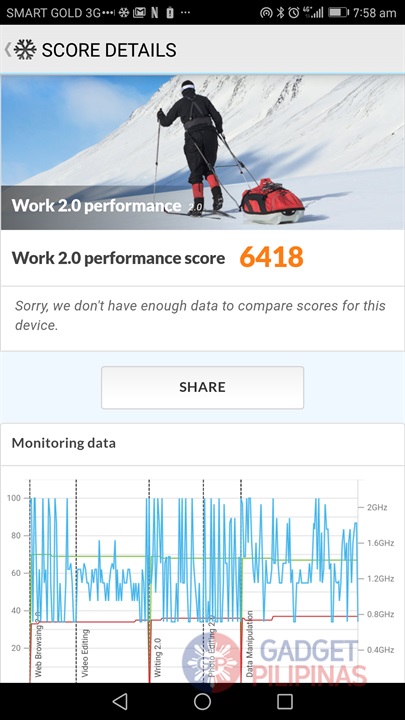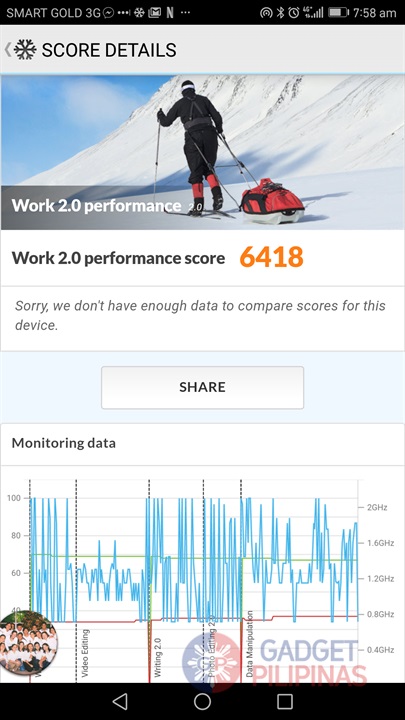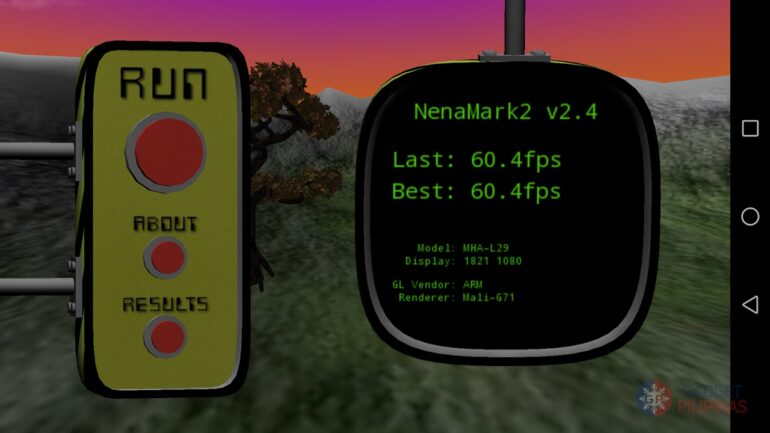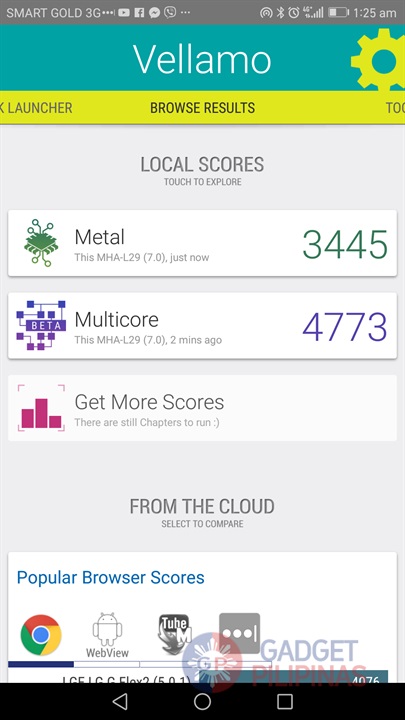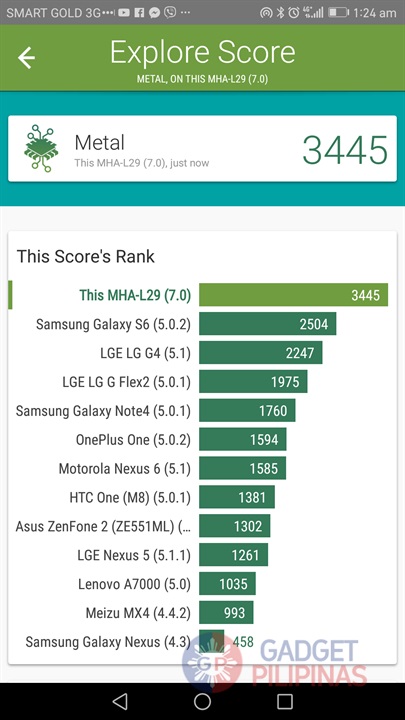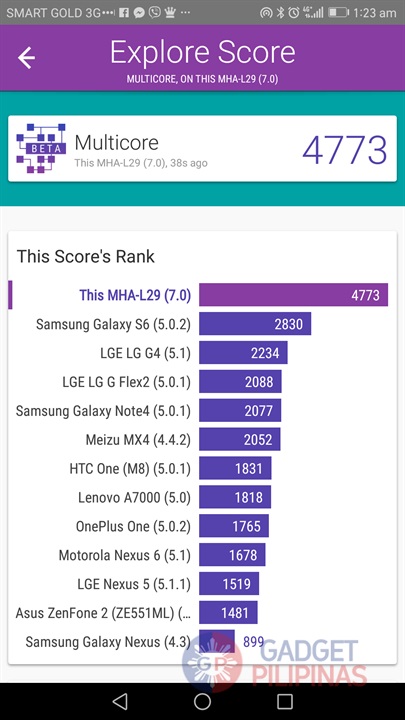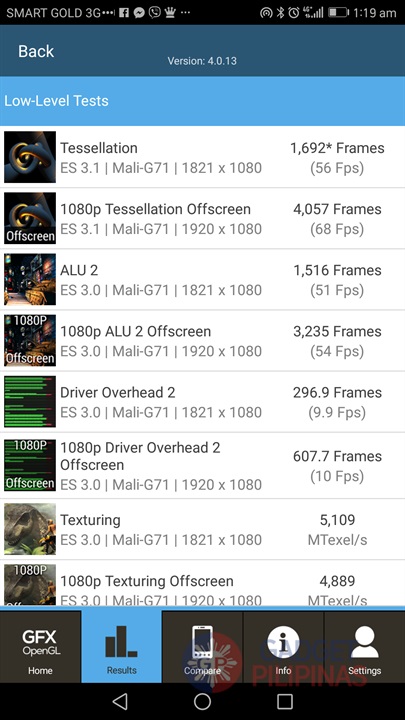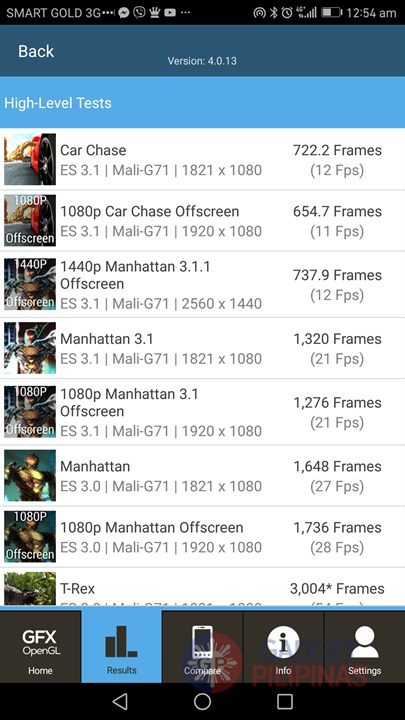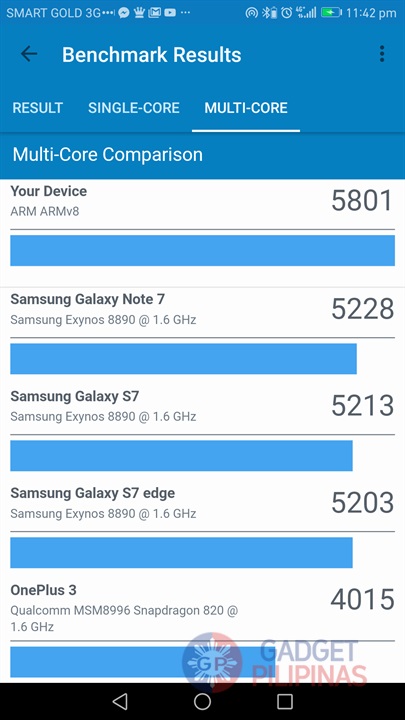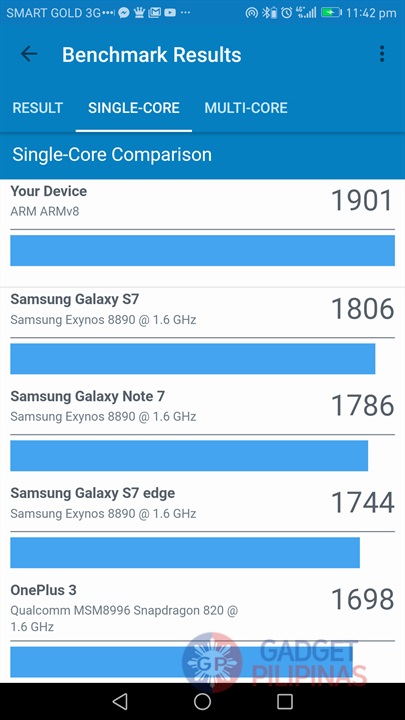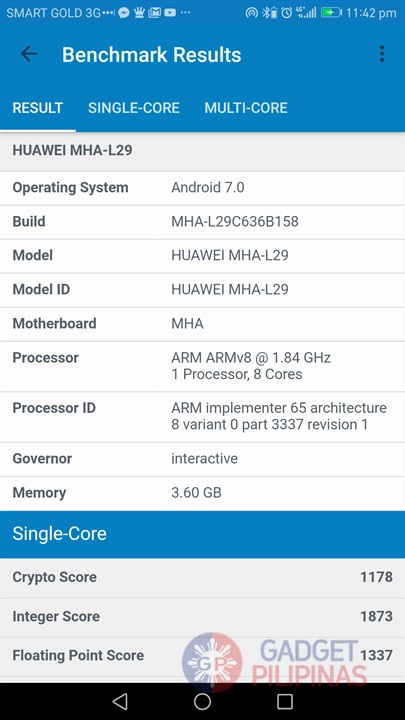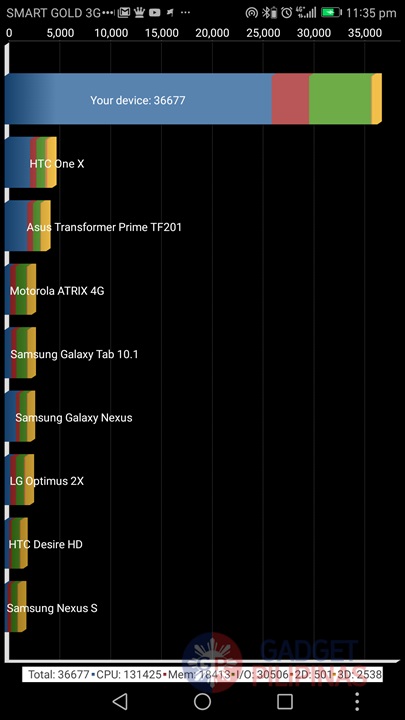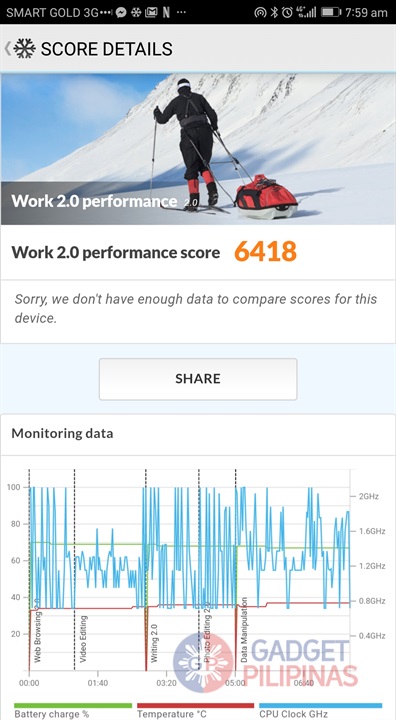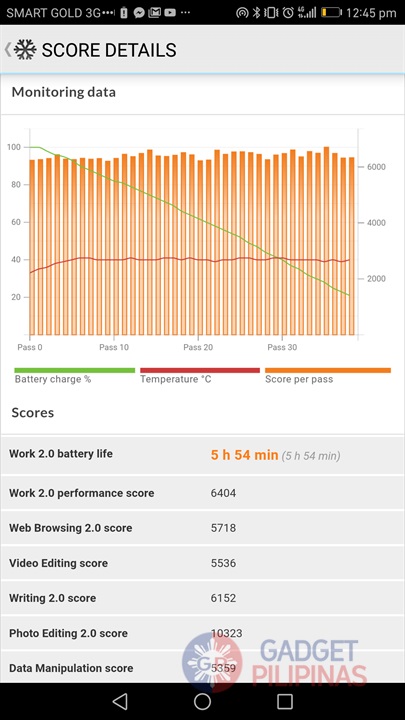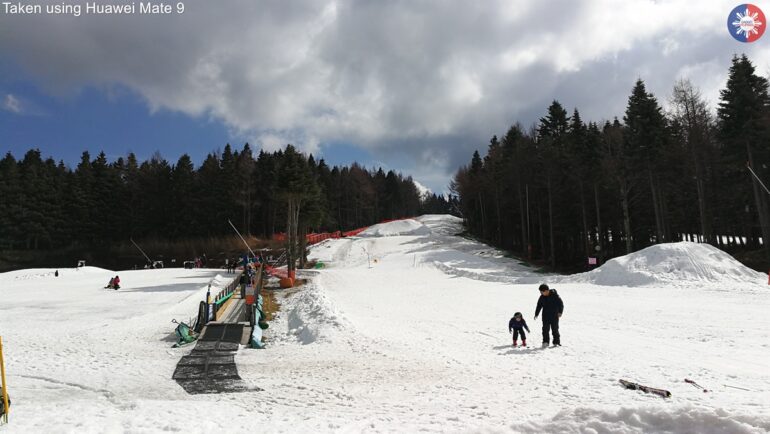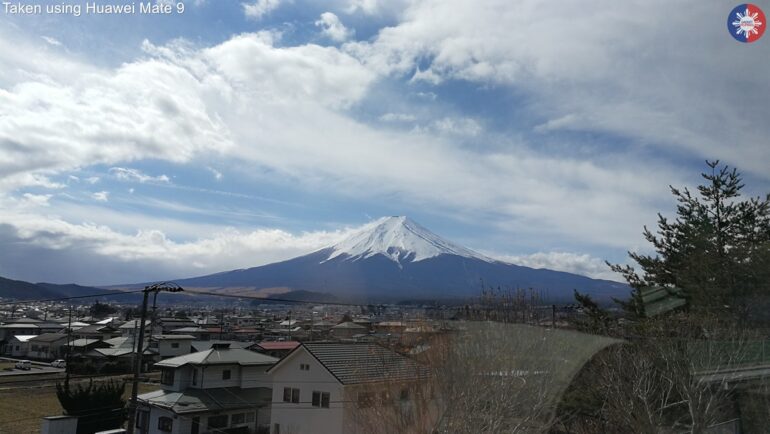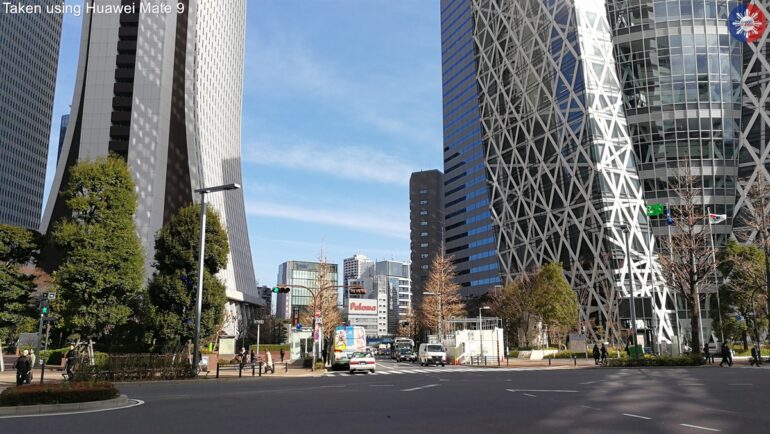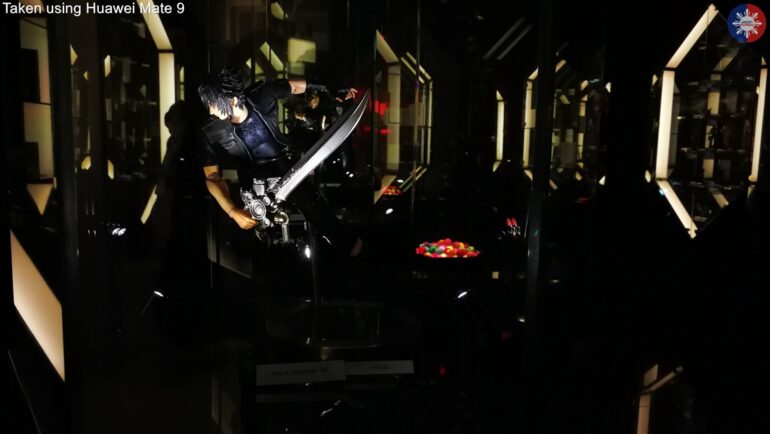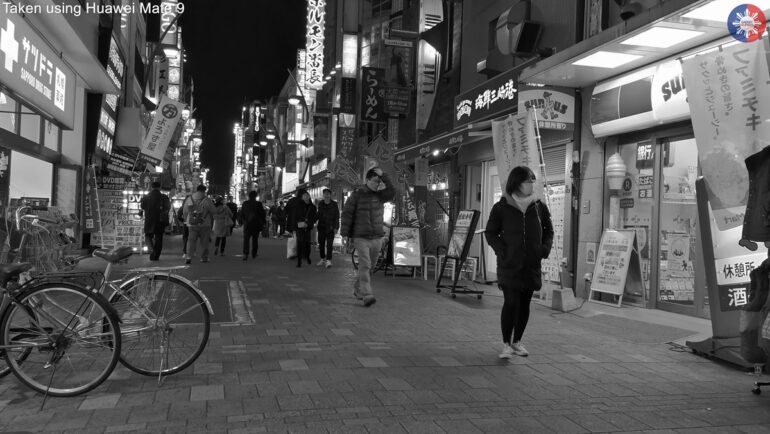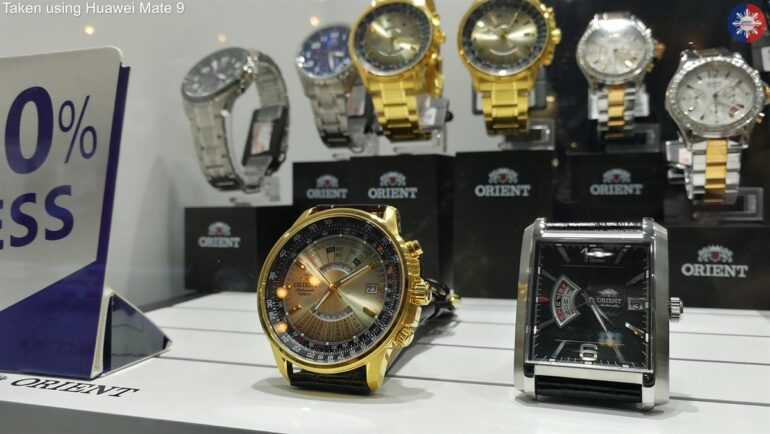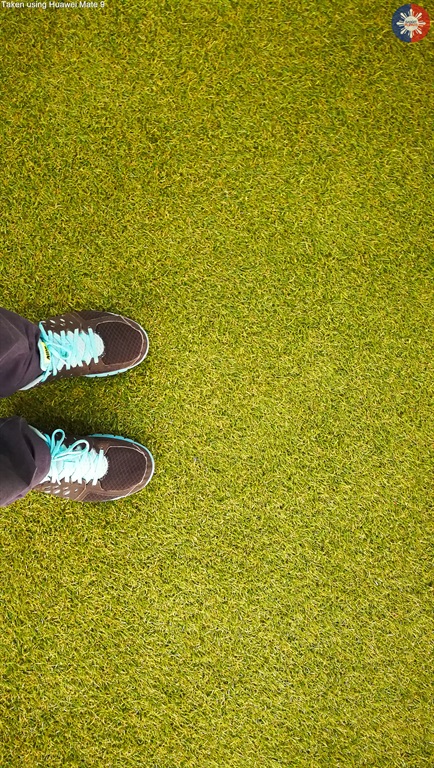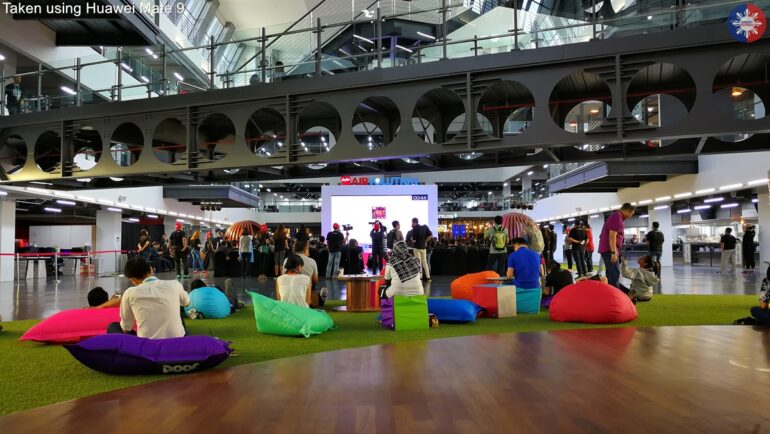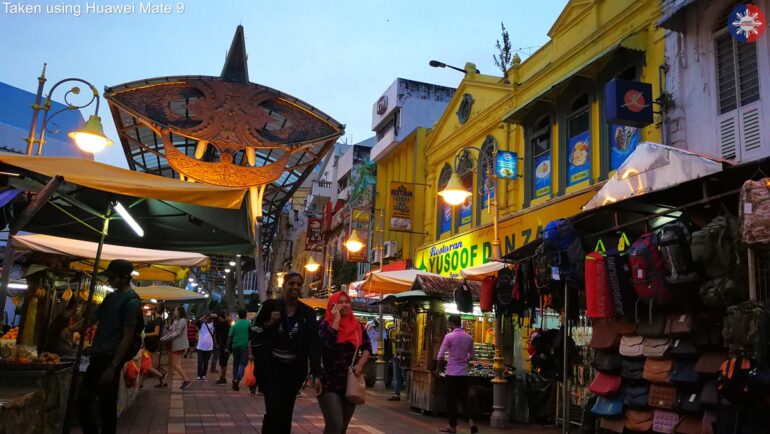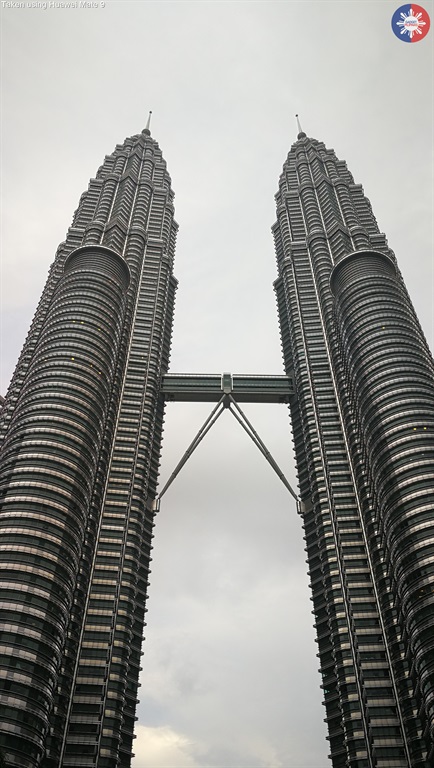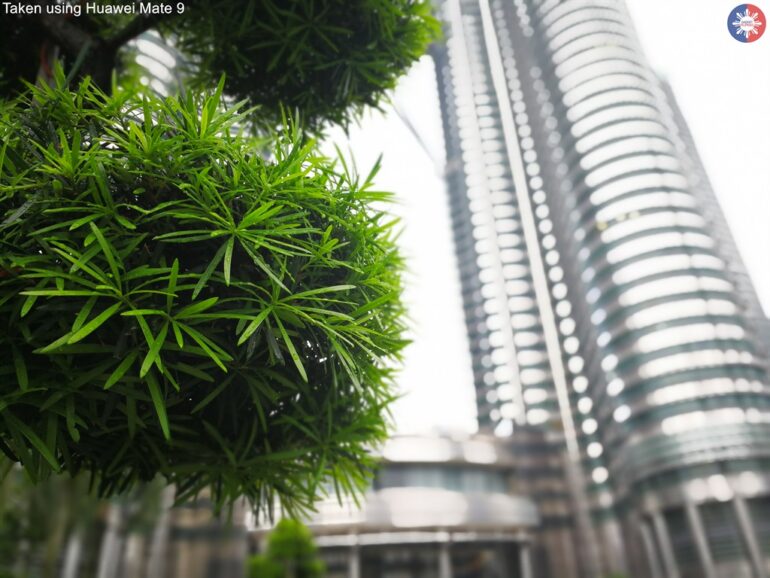Table of Contents:
- Introduction
- Build
- Performance
- Benchmark Results
- Battery Life
- Camera
- Sample Shots and Video
- Verdict
Elegance and performance: these are facets where the Huawei Mate 9 excels. The 2nd iteration of Huawei’s P series may have already been announced, but there are still compelling reasons to hold on to your thoughts of considering and buying Mate 9.
 3 weeks after using Huawei Mate 9, there is this desire to buy one for my personal use. As a reviewer, we do not get to own most of the phones handed over to us for review. My attachment to Mate 9 is, to be honest, greater compared to other smartphones I reviewed. Throw in the fact that I brought this with me during my recent trip to Japan, and you will understand why this urge to keep or buy one for myself has been lingering for weeks.
3 weeks after using Huawei Mate 9, there is this desire to buy one for my personal use. As a reviewer, we do not get to own most of the phones handed over to us for review. My attachment to Mate 9 is, to be honest, greater compared to other smartphones I reviewed. Throw in the fact that I brought this with me during my recent trip to Japan, and you will understand why this urge to keep or buy one for myself has been lingering for weeks.
This new smartphone from Huawei strikes a little similarity to its predecessor. It is as big as Mate 8, lighter, slimmer but imbued with better innards. It is beautiful albeit too big, even by my standards. I dropped it twice – sorry Huawei – because it slipped off my hands too fast before my reflex kicked in.
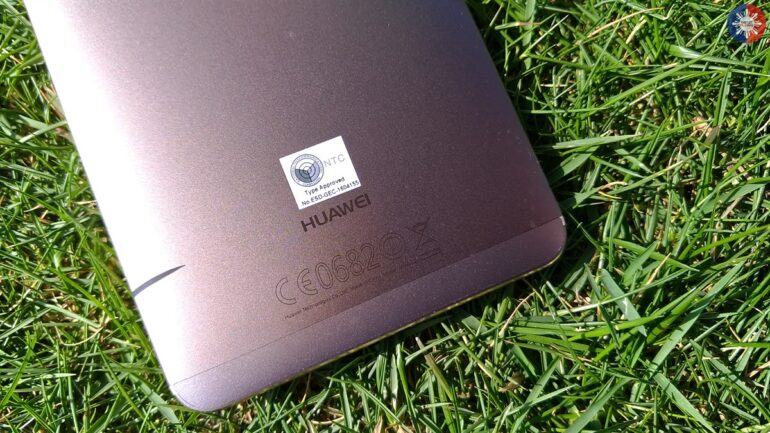 The smartphone only has 3 hardware keys to boot, located on its right side. It veered away from having a home button, and settled with on-screen keys. Speaker grills are located at the bottom, sandwiching its USB Type-C port. Yes, the new Mate uses this new USB technology, similar to Huawei P9 and P9 Plus. Its hybrid SIM tray is on its left side. This can accommodate up to 2 nano SIMs or 1 nano SIM and micro SD combo.
The smartphone only has 3 hardware keys to boot, located on its right side. It veered away from having a home button, and settled with on-screen keys. Speaker grills are located at the bottom, sandwiching its USB Type-C port. Yes, the new Mate uses this new USB technology, similar to Huawei P9 and P9 Plus. Its hybrid SIM tray is on its left side. This can accommodate up to 2 nano SIMs or 1 nano SIM and micro SD combo.
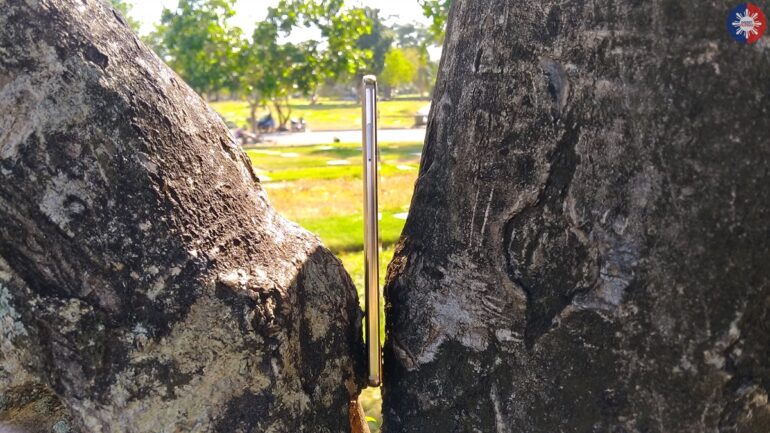 From the get-go, the glaring difference on Mate 9 versus its predecessor is the inclusion of the 2nd generation dual Leica lens placed just above its fingerprint sensor. Its secondary front camera has been slightly improved too: resolution is still at 8mp, but with larger aperture (f/1.9 vs f/2.4 on Mate 8). This means you can take better photo and video selfies. I have a dedicated segment of its camera and camera performance on this review, so be sure to check it out.
From the get-go, the glaring difference on Mate 9 versus its predecessor is the inclusion of the 2nd generation dual Leica lens placed just above its fingerprint sensor. Its secondary front camera has been slightly improved too: resolution is still at 8mp, but with larger aperture (f/1.9 vs f/2.4 on Mate 8). This means you can take better photo and video selfies. I have a dedicated segment of its camera and camera performance on this review, so be sure to check it out.
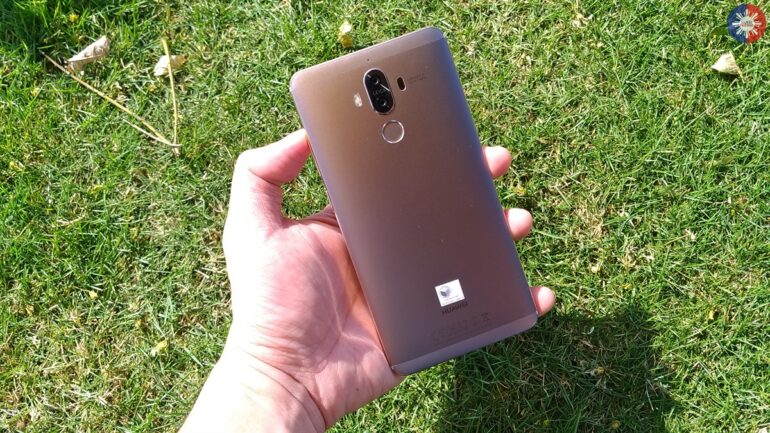 Under the hood, Huawei Mate 9 surely has improved and upgraded hardware. It is powered by an upgraded chipset – HiSilicon Kirin 960 – similar to what you can find on newly announced Huawei P10 Plus. The chipset includes an octa-core processor (4×2.4 GHz Cortex-A73 & 4×1.8 GHz Cortex-A53), Mali-G71 MP8 GPU, 4GB RAM and 64GB internal storage. For those who are into benchmark results, I loaded up several benchmarking sites to see how this device fared. See the benchmark results right after our consumer report.
Under the hood, Huawei Mate 9 surely has improved and upgraded hardware. It is powered by an upgraded chipset – HiSilicon Kirin 960 – similar to what you can find on newly announced Huawei P10 Plus. The chipset includes an octa-core processor (4×2.4 GHz Cortex-A73 & 4×1.8 GHz Cortex-A53), Mali-G71 MP8 GPU, 4GB RAM and 64GB internal storage. For those who are into benchmark results, I loaded up several benchmarking sites to see how this device fared. See the benchmark results right after our consumer report.
How fast is it?
No amount of words can define this unless I present quantifiable data. If I put on my consumer-hat, I would say that this device falls under high tier category that can handle multiple concurrently running applications. ‘Fast’ is an understatement.
My most used applications, apart from system running ones, are Facebook, Messenger, Viber and Lords Mobile. Based on data provided by the device, my daily average memory usage is 2.5GB out 4GB, or 71%. Despite this, I never experienced any slow downs and bottlenecking. Note though that 1.3GB memory is used by Android OS and System UI.
Now, to those who are into benchmark results, check out the report below.
- Antutu Benchmark: 116,940
- 3D: 35,326
- UX: 41,786
- CPU: 30,584
- RAM: 9
- Quadrant: 36,677
- CPU: 131,425
- Mem: 18,413
- I/O: 30,506
- 2D: 501
- 3D: 2,538
- Geekbench 4
- Singe-Core Result: 1,901
- Multi-Core Score: 5,801
- GFXBench GL Benchmark
I want to emphasize that while most of our readers are familiar with Antutu and Quadrant, I want to put special emphasis on GFXBench GL Benchmark as it shows results that may very well quantify the capabilities of this smartphone. Quite obviously, based on its specifications, Mate 9 is a powerful device and perfect for many functions: productivity, content and media creation, and gaming. Oh yes – you’re going to have lots of fun using this device to play your favorite games, which requires demanding resources. Trust me.
- High-Level Tests: For this tier test, the benchmark app subjects it to on-screen and offscreen graphics tests. The renderer (Mali-G71, on the case of Mate 9) is presented with various surface width and weigh, and pushes it to its limit. Graphics presented often resemble game-like renders. FPS is presented per each grade of test. The higher the score, the better.
- Score: 722.2 Frames
- Low-Level Tests: This tier test, the app subjects the phone to on-screen and offscreen graphics tests. Tesselation and texturing are the focuses of the test, and the result is presented in terms of frames.
- High-Level Tests: For this tier test, the benchmark app subjects it to on-screen and offscreen graphics tests. The renderer (Mali-G71, on the case of Mate 9) is presented with various surface width and weigh, and pushes it to its limit. Graphics presented often resemble game-like renders. FPS is presented per each grade of test. The higher the score, the better.
- Vellamo Mobile Benchmark
- Metal Score:3,445
- Multi-score: 4,773
- NenaMark 2
- Score: 60.4
- PCMark for Android Benchmark
PCMark offers a detailed result of the phone’s overall capacity to cope up with the demands of the user. It provides the best and complete benchmark result among other apps, albeit lacking detailed results for graphics capability.
- Work 2.0 Performance: 6,716
Higher than Xiaomi Redmi Note 3 Pro, which scored 5,938; and Sony Xperiqa XZ, which got 5,691 - Work 2.0 Battery Life:
- Work 2.0 Performance: 6,716
With great power comes great battery consumption. Huawei Mate 9 gets the same beating, but its 4000mAh is able to handle my demands quite efficiently. I get around 5-6 hours of abusage (a word that I just made up, which means abusing its maximum capacity); and 12-14 hours at moderate use. I often carry a 10,000mAh power bank, so its battery life is never a concern.
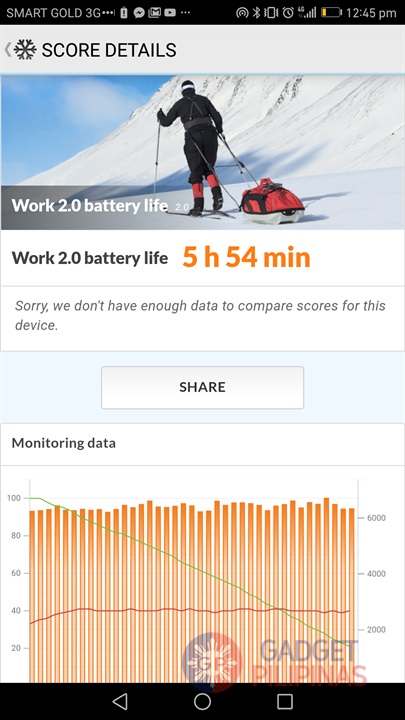
Now, let’s jump right to the photo and video capture features of this device. Having the sensors, lens and the technology behind are co-engineered with Leica, Huawei Mate 9 is expected to be at the tier of smartphones positioned for photo and video content creation. Hands down, Huawei Mate 9 is excellent in this category.
Its dual Leica lens make it a high caliber competitor to Apple iPhone 7, LG G5, the yet-to-be-made available ASUS Zenfone 3 Zoom, and the upcoming OPPO F3. Its main cameras – monochrome 20mp lens and RGB 12mp with f/2.2 – are top-notch. These lenses work in perfect harmony to produce detailed and sharp photos. Huawei pioneered the user-capability to manually set the aperture size up to f/.95 down to f/16. This allows users to simulate wide aperture shots, thereby producing a deep depth of field effect on photos. Every shot, with wide aperture enabled, may be refocused via its fairly robust camera software. The ability to change the aperture make it better than the portrait mode feature of the Apple iPhone 7 Plus.
Unfortunately, unlike the P9 series, the photos I took using Huawei Mate 9 at low light are noisy. Exposure value may be increased, but the higher exposure level, the noisier the photo gets.
Selfies I took using its 8mp front facing camera look fantastic. As it has large aperture (f/1.9), it sucks up more light than usual selfie cameras. It is better than the iPhone 7 Plus’ front camera on paper and actual performance.
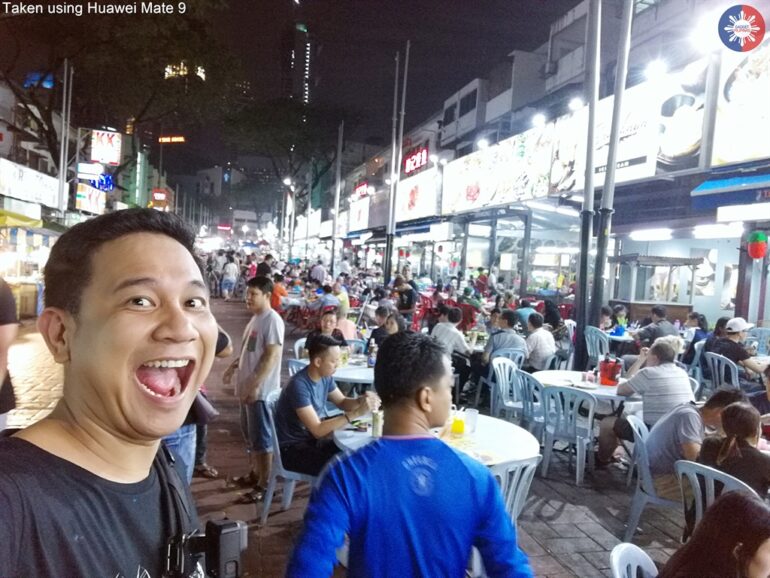
This is the first Huawei device with co-engineered camera with OIS. It helps in lessening shake on photo and videos, which worked well during my tests. It isn’t perfect, and that’s understandable, but I can guarantee that it performed better than the LG G5.
For full and unresized copies of the photos above, go to this link.
Here are sample videos with the following specifications below:
Huawei Mate 9 is an exquisite device to begin with. It boasts superiority in most aspects: hardware, camera and software. When you hold the Huawei Mate 9, you hold the power to create and enjoy; nothing will go to waste, and every bit of time you have with it is gold. This is definitely one of the phones to beat this year.
Giancarlo Viterbo is a Filipino Technology Journalist, blogger and Editor of gadgetpilipinas.net, He is also a Geek, Dad and a Husband. He knows a lot about washing the dishes, doing some errands and following instructions from his boss on his day job. Follow him on twitter: @gianviterbo and @gadgetpilipinas.

